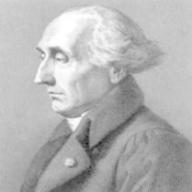圖片參考:http://imgcld.yimg.com/8/n/HA00414085/o/701012040001213873420390.jpg
The force-separation graph (dotted line) shows the interatomic force between two atoms. For r~r0, the curve is a straight line and the atoms vibrating about their equilibrum position are in simple harmonic motion (SHM). Is that true for the case that of many atoms? Briefly explain.
What is the minimum separation between two atoms for which they have already changed from solid into liquid?
The graph shows the interatmoic potential energy between two atoms represented by another curve. What does the value "ε" meant if the line XY up to the level in which they touched the point of inflexion?
更新1:
The force-distance relationship is represented by the dotted line shown in the figure. The minimun value of the force occurs at the seperation r=Z, is known as the breaking force.
更新2:
What is this breaking force meant? To change the solid into liquid? Or it is the force that the material passes the elastic limit?

